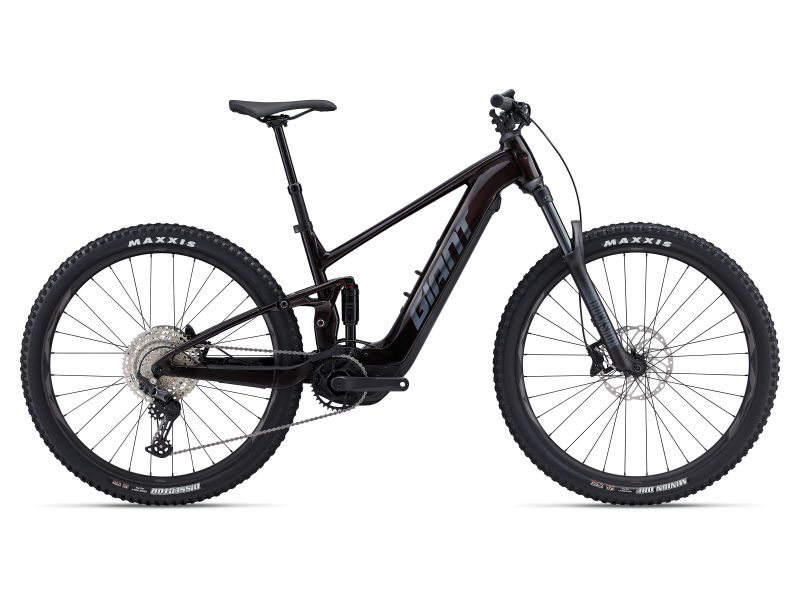newheights
Member
- Region
- USA
Hello everyone, I am curious to get some insight into what e-bike might fit my use.
I plan to use this both for cruising a paved bike trail, but also for offroad use. Primarily riding gravel forest service roads, but some dedicated single track. Typically I don't ride beyond green trails on my old non-E Rockhopper, but hoping to venture into some blue trails soon.
I would like to get a full suspension bike that is comfortable to ride for these scenarios. I am a big rider (~6'4" and ~260 lbs), and plan to pull a Burley kids trailer from time to time. Ideally I would like a large battery, or option to add range extender that works smoothly (either mounting to frame and attaching with cable, or if swapping out then simple tool-less swap for trailside change). Keeping the bike weight under 60 lbs for more compatibility with hitch racks is also a consideration.
I had originally been looking into FS e-MTB like Specialized Turbo Levo, Norco Fluid VLT (900 Wh battery is appealing) and some of the Biktrix fat-tire models, though I would prefer to get something from a LBS for better support with any issues. I know there are bike shops selling Specialized, Trek, Norco, Marin, Bianchi, Transition, Scott bikes nearby, but there may be other brands within a reasonable drive as well.
As I read more threads about these, it sounds like getting a true e-MTB may not be the best/most comfortable option for my real intended use, and perhaps a crossover that may have more upright positioning might work better on graveled roads / paved trails. Still, I'd like to keep the option open to do some single track with some mild technical riding.
So summary of desired features:
- full suspension
- versatile use: paved bike trail, gravel / dirt roads with poor maintenance, some single track riding
- tubeless setup option
- large battery / option for easy addition of range extender
- comfortable ride for large rider, and able to pull trailer with kids
- bike weight 60 lbs or under for hitch carrier
Any suggestions of a good option to look into? Or am I trying to ask too much from a single bike and should really be getting two different e-bikes (not currently an option)? In that case I would prioritize riding graveled roads / poorly maintained forest service roads over true MTB single track or paved riding.
Thanks!
I plan to use this both for cruising a paved bike trail, but also for offroad use. Primarily riding gravel forest service roads, but some dedicated single track. Typically I don't ride beyond green trails on my old non-E Rockhopper, but hoping to venture into some blue trails soon.
I would like to get a full suspension bike that is comfortable to ride for these scenarios. I am a big rider (~6'4" and ~260 lbs), and plan to pull a Burley kids trailer from time to time. Ideally I would like a large battery, or option to add range extender that works smoothly (either mounting to frame and attaching with cable, or if swapping out then simple tool-less swap for trailside change). Keeping the bike weight under 60 lbs for more compatibility with hitch racks is also a consideration.
I had originally been looking into FS e-MTB like Specialized Turbo Levo, Norco Fluid VLT (900 Wh battery is appealing) and some of the Biktrix fat-tire models, though I would prefer to get something from a LBS for better support with any issues. I know there are bike shops selling Specialized, Trek, Norco, Marin, Bianchi, Transition, Scott bikes nearby, but there may be other brands within a reasonable drive as well.
As I read more threads about these, it sounds like getting a true e-MTB may not be the best/most comfortable option for my real intended use, and perhaps a crossover that may have more upright positioning might work better on graveled roads / paved trails. Still, I'd like to keep the option open to do some single track with some mild technical riding.
So summary of desired features:
- full suspension
- versatile use: paved bike trail, gravel / dirt roads with poor maintenance, some single track riding
- tubeless setup option
- large battery / option for easy addition of range extender
- comfortable ride for large rider, and able to pull trailer with kids
- bike weight 60 lbs or under for hitch carrier
Any suggestions of a good option to look into? Or am I trying to ask too much from a single bike and should really be getting two different e-bikes (not currently an option)? In that case I would prioritize riding graveled roads / poorly maintained forest service roads over true MTB single track or paved riding.
Thanks!





